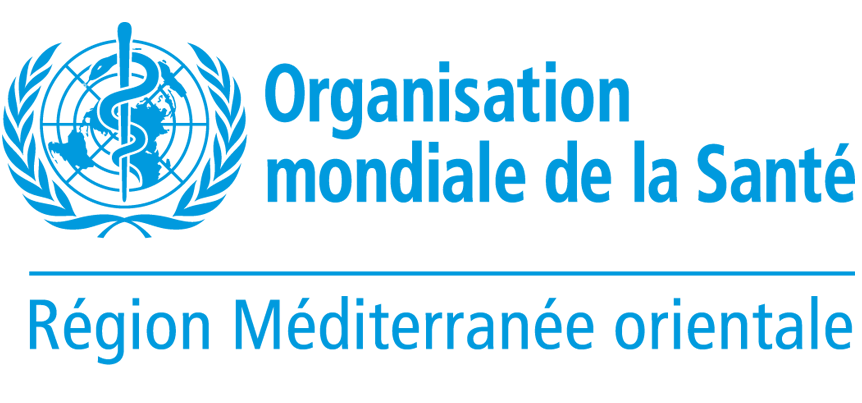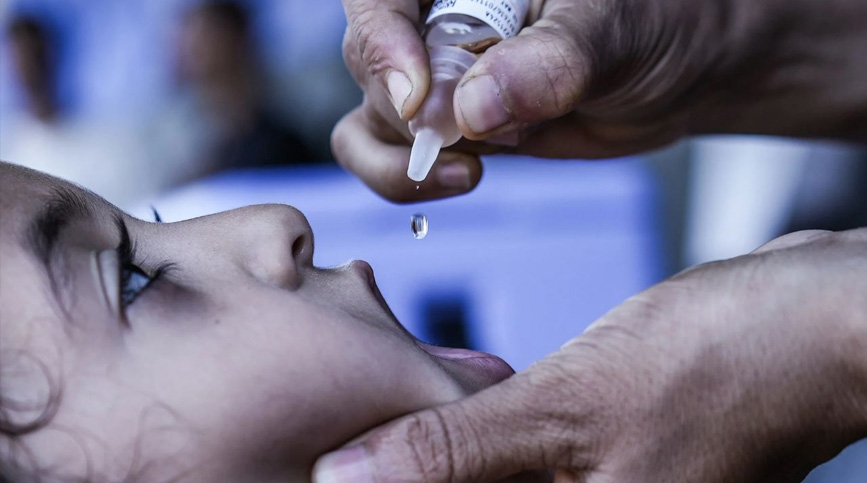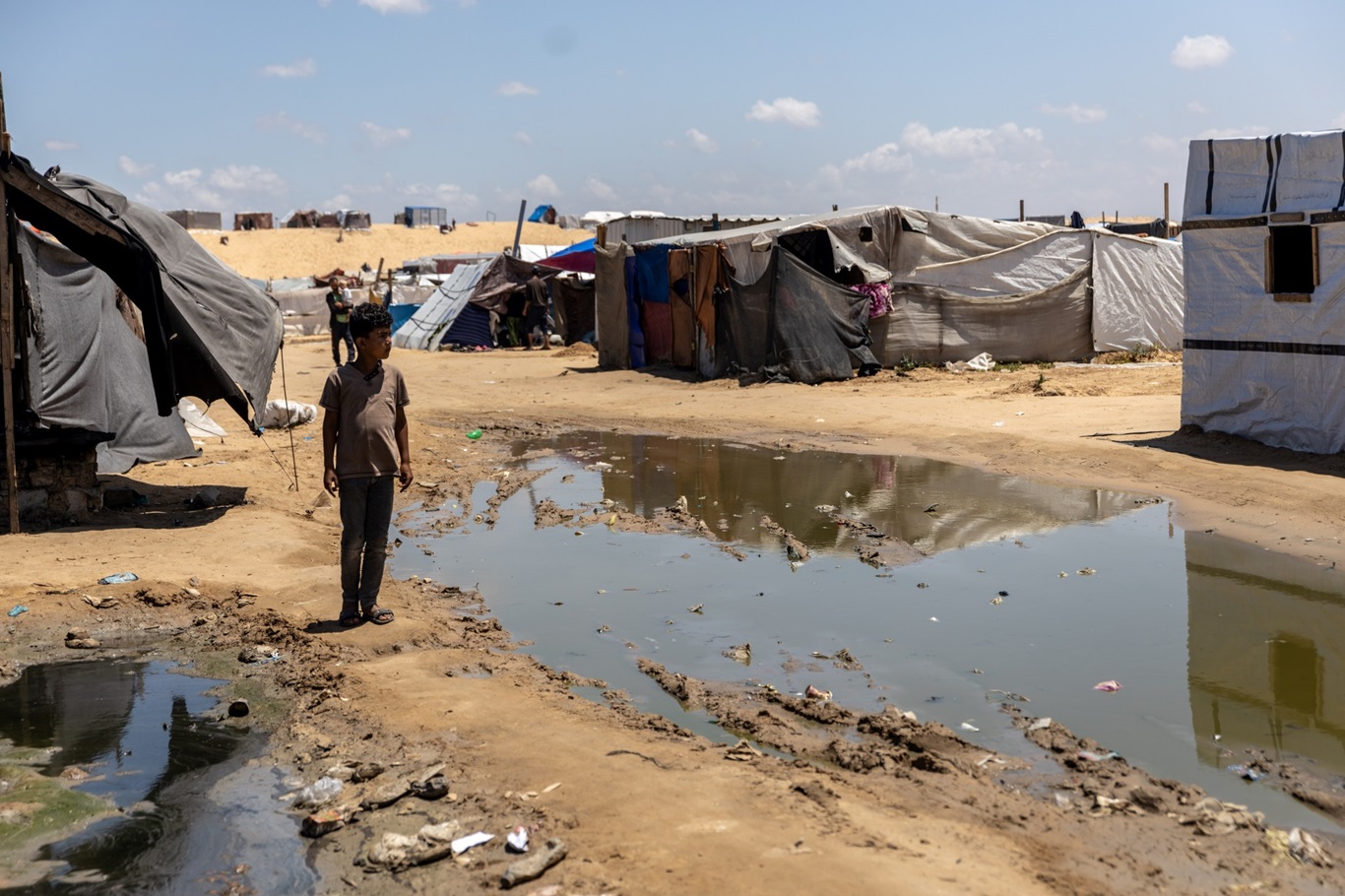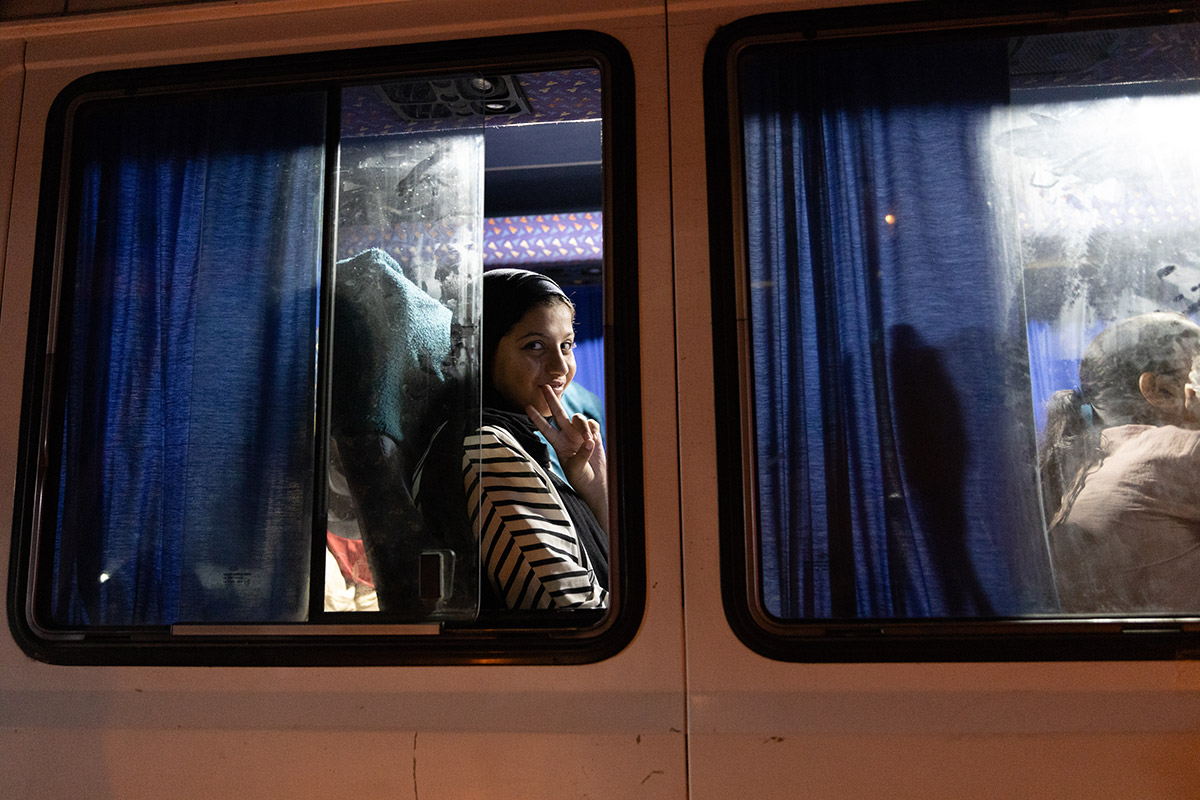“These very sick children will be getting the care they need thanks to cooperation between several partners and countries,” said Dr Tedros Adhanom Ghebreyesus, WHO Director-General. “We are immensely grateful for the support and facilitation provided by Egypt and Spain. We encourage other countries who have the capacity and medical facilities to welcome people who, through no fault of their own, are caught in the grips of this war.”
Thirteen of the children have complex injuries, one has a chronic heart condition, and one is living with cancer. The children, who are accompanied by 25 family members and other caregivers, have been in Egypt since before 6 May, after which evacuations became almost impossible with the closure of the Rafah crossing. Only 23 people have been evacuated since then, via the Kerem Shalom crossing.
Since October 2023, around 5000 people have been evacuated for treatment outside Gaza, with over 80% receiving care in Egypt, Qatar and the United Arab Emirates. Another 10 000 still need to be evacuated.
“These children are just the tip of the iceberg. Thousands of people of all ages still remain in Gaza who need to be medically evacuated and are at risk of dying if they are unable to quickly access the advanced medical care they need,” said Dr Hanan Balkhy, WHO Regional Director for the Eastern Mediterranean. “Patients who need evacuation outside of the Gaza Strip must be able to exit, preferably to the West Bank, including East Jerusalem, but also to Egypt or Jordan and then onwards.”
Today’s evacuation to Spain was supported through the EU Civil Protection Mechanism in partnership with WHO. The Palestine Children’s Relief Fund facilitated the patients’ documentation and evacuation approvals. The Government of Egypt supported their care while they were there, and Spain is providing similar support. The children will be treated at various hospitals across Spain.
WHO is encouraging other countries to follow this example.
“We are truly thankful to Spain, a WHO/Europe Member State, for having responded so willingly to our request to accept several children from Gaza for critical treatment, a template for other countries to follow,” said Dr Hans Henri P. Kluge, WHO Regional Director for Europe. “Gracias, Prime Minister Pedro Sanchez, Health Minister Monica Garcia, and all who have made this possible. Indeed, ‘to save one child, one life, is to save humankind’ is a concept recognizing the interconnectedness of all humanity.”
WHO appeals for the establishment of multiple medical evacuation corridors to ensure sustained, organized, safe and timely passage of patients via all possible routes, including Rafah and Kerem Shalom. Of utmost urgency is the restoration of medical evacuations from Gaza to the West Bank, including East Jerusalem, where hospitals are ready to receive patients. Patients must also be facilitated to be transferred to Egypt and Jordan, and from there to other countries when needed.
“The solidarity of the host countries is a bright spot in a war that has had so many moments of tragedy,” said Dr Tedros. “The fact that severely ill people are receiving needed medical care should not be headline news, but routine global cooperation.”
WHO once again calls for the end of the war, as peace is ultimately the best path to health.







 4 September 2024, over 187 000 children under ten years of age were vaccinated with novel oral polio vaccine type 2 (nOPV2) in central Gaza during the first phase of a two-round polio vaccination campaign, conducted between 1–3 September 2024. Vaccination coverage in this phase exceeded the initial estimated target of 157 000 children due to population movement towards central Gaza, and expanded coverage in areas outside the humanitarian pause zone.
4 September 2024, over 187 000 children under ten years of age were vaccinated with novel oral polio vaccine type 2 (nOPV2) in central Gaza during the first phase of a two-round polio vaccination campaign, conducted between 1–3 September 2024. Vaccination coverage in this phase exceeded the initial estimated target of 157 000 children due to population movement towards central Gaza, and expanded coverage in areas outside the humanitarian pause zone. 16 August 2024, two rounds of a polio vaccination campaign are expected to be launched at the end of August and September 2024 across the Gaza Strip to prevent the spread of circulating variant type 2 poliovirus (cVDPV2).
16 August 2024, two rounds of a polio vaccination campaign are expected to be launched at the end of August and September 2024 across the Gaza Strip to prevent the spread of circulating variant type 2 poliovirus (cVDPV2). 

